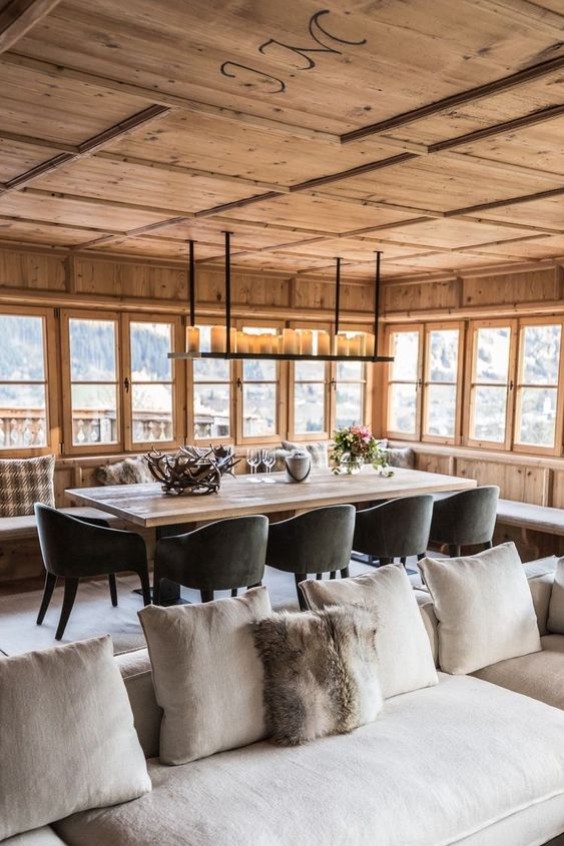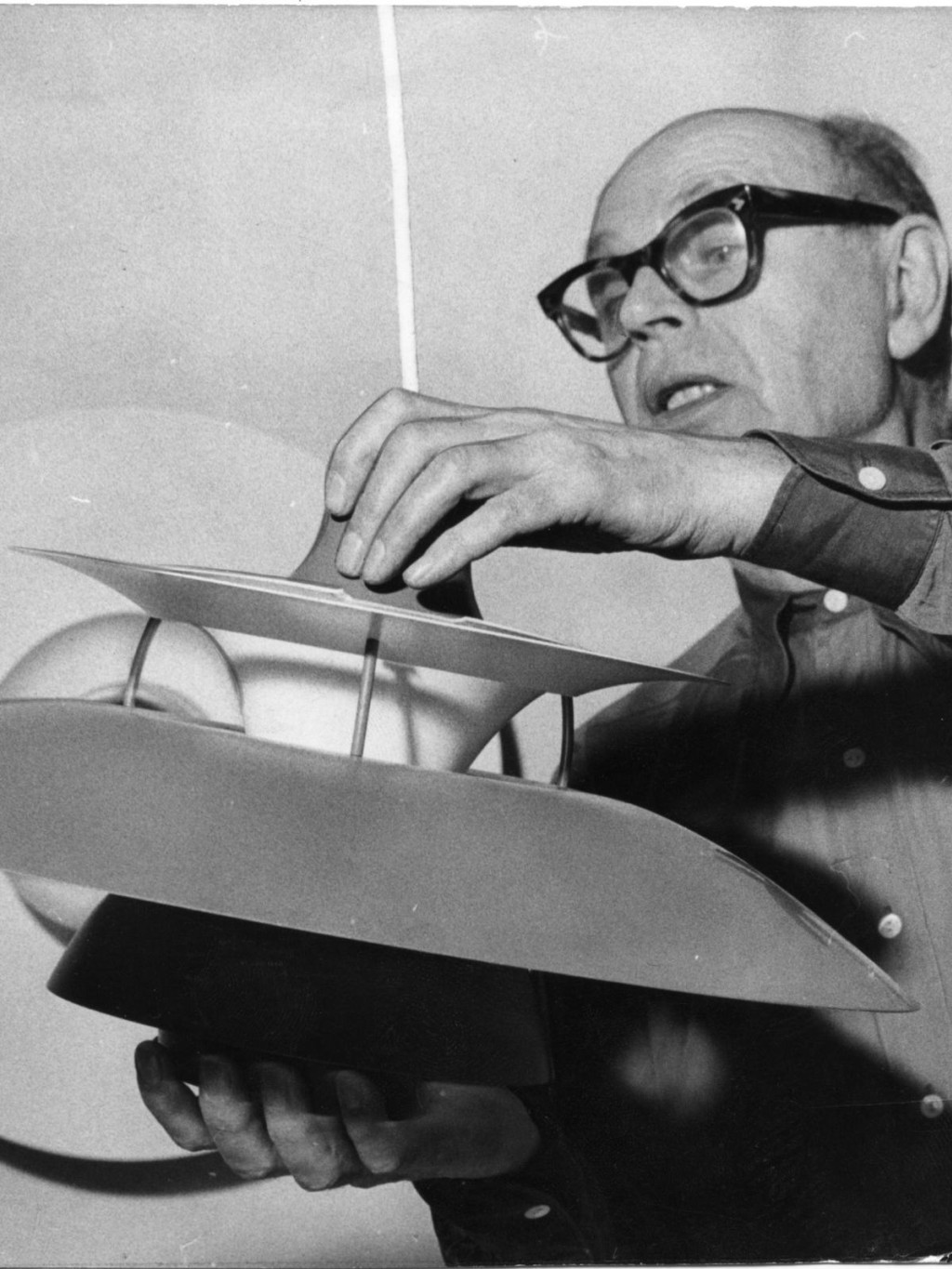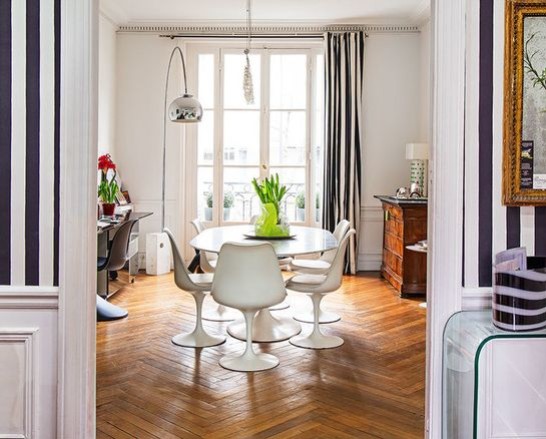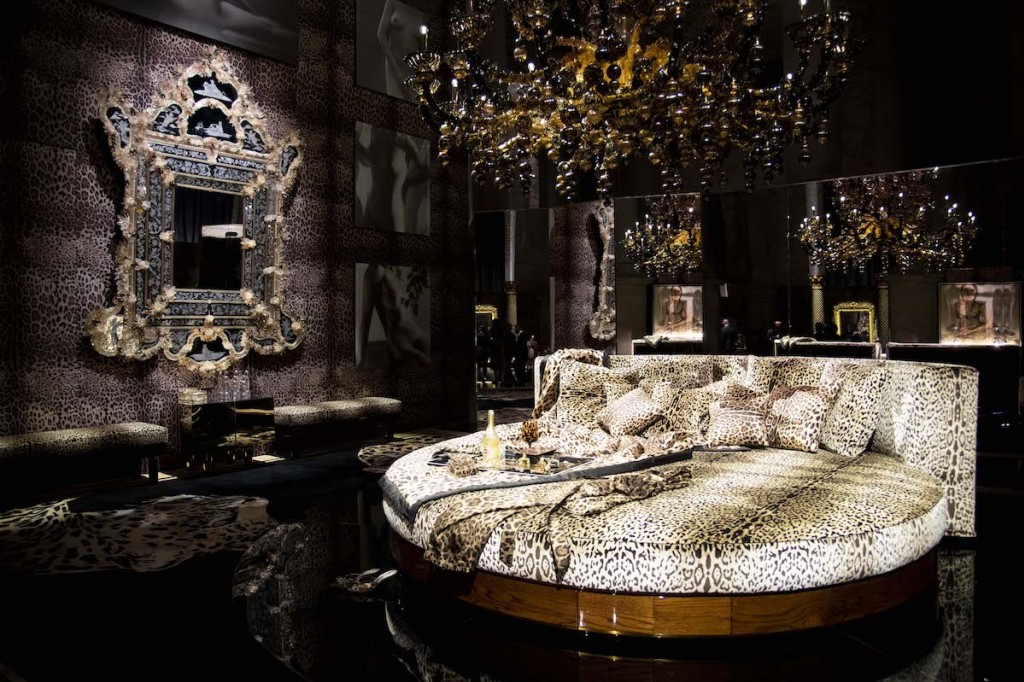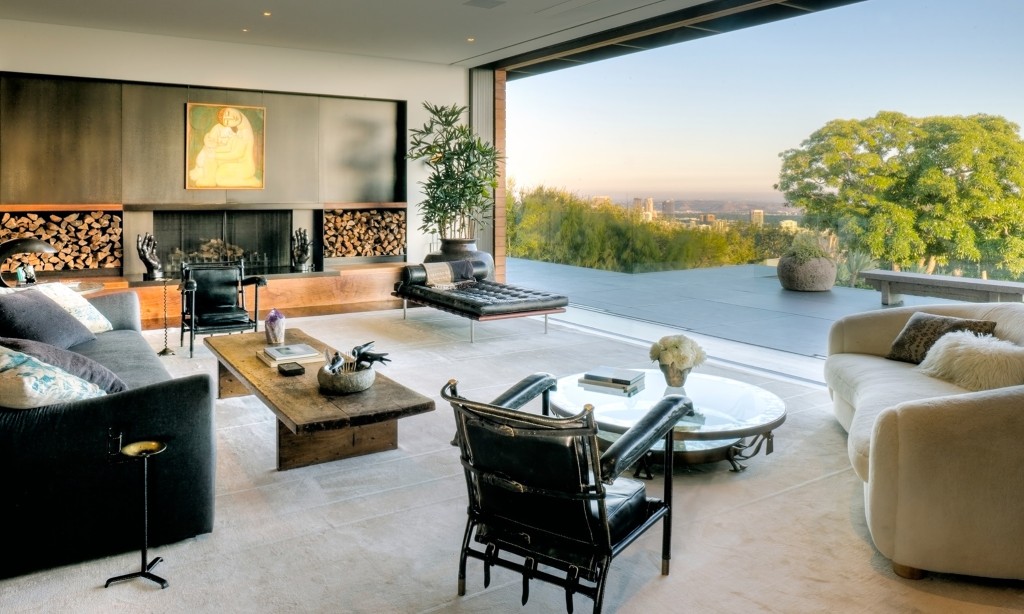Vitra, a name that enlightened design enthusiasts know. Born in 1950, the Swiss manufacturer of designer furniture based in Weil-am-Rhein, on the French-German border (the headquarters are in Birsfelden, Switzerland), has become one of the major publishers of contemporary furniture in just a few decades. The 3rd generation of the Fehlbaum family now runs the company and continues the family legacy of reissuing furniture by some of the most famous 20th century designers - Vitra holds a colossal number of licenses for objects that marked their time - and collaborating with internationally renowned contemporary designers. Delve into the story of an extraordinary family success story.

© Vitra
The story begins in 1934, when Swiss couple Erika and Willi Fehlbaum ran a small company specializing in commercial furnishings. In 1950, they founded Vitra and set up their manufacturing operation in Weil-am-Rhein, Germany. The couple had already begun to take an interest in design, but it was in 1953 that the family saga really began. Willi Fehlbaum took a trip to the United States and met Charles and Ray Eames, the legendary American design duo who had been designing chairs since the 1940s.
Willi Fehlbaum was particularly taken with the Plastic Chair, a one-piece seat shell made of glass-fiber reinforced polyester resin. The Swiss entrepreneur quickly saw the value of manufacturing and distributing the 1st mass-produced plastic chair. Since then Fehlbaum has had a close relationship with the Eames. And so, in 1957, Vitra signed a licensing agreement with Herman Miller, the Eames' American manufacturer and publisher, and began producing the couple's designs for Europe and the Middle East.

© Smow

© Vitra

© Vitra

© Vitra

© Vitra
The Fehlbaums had a nose for investing in design furniture, which was taking off in the postwar years. Thanks to the Eames, they began to build a thriving business. Vitra manufactures chairs designed by the Eames couple, most of which have become icons of vintage design. If Erika and Willi Fehlbaum maintain a warm relationship with the Eames, so does the De Pree family, owner of Herman Miller, and which publishes the Eames' models, but also those of George Nelson, Isamu Noguchi, or even Alexander Girard (director of the textile division at Herman Miller).
It is therefore anything but a coincidence that, in 1984, Vitra negotiated to be able to continue producing the American brand's furniture under its own name. And even stronger: the Swiss company will be able to continue to edit original furniture by dealing directly with Charles and Ray Eames, still alive. Vitra then built up a veritable "war chest," publishing fifties design classics over the years.

© Kissthedesign

© Vitra

© Vitra

© Vitra
1967 marks an important date in Vitra history. 3 years earlier, Danish designer Verner Panton had trouble finding a manufacturer for one of his most daring projects: an S-shaped plastic chair molded in one piece : the Panton Chair. No matter: Willi Fehlbaum believes in the visionary designer's project and publishes, 3 years later, the famous seat. The bet was successful, the Panton Chair was a hit and became one of the emblems of the "Pop" years. It was also proof of Fehlbaum's know-how, as they loved designers, joined their audacity and industrialized a project that was initially a bit crazy...

© Bilan

© Vitra
In 1976, Rolf Fehlbaum (1941) succeeded his father as head of Vitra. The Swiss company had already taken off, but the unassuming Rolf would turn Vitra into an empire by the turn of the 21st century. The man, known for his modesty, has a flair for design and loves creative designers. When he was younger, he served as a translator between his parents and the Eames couple, as well as with George Nelson! He will therefore pursue, like his father, innovative and fruitful collaborations with the best designers of the contemporary era: Ettore Sottsass, Shiro Kuramata, Frank Gehry, Ron Arad, Philippe Starck, then with the new generation: Jasper Morrison, Konstantin Grcic, Hella Jongerius, Ronan and Erwan Bouroullec, ...

© Bilan

© Artcurial


© Vitra

© Einrichten-design

© Einrichten-design
An unexpected event would precipitate Vitra's history and image. In 1981, a fire destroyed almost the entire production site in Weil-am-Rhein. Rolf Fehlbaum had the idea to entrust the reconstruction of the factory to the promising British architect Nicolas Grimshaw. In 1989, Rolf Fehlbaum continued his architectural quest and asked Frank Gehry, the star of deconstructivism, to build a futuristic building that would house his personal collection of chairs (from 1850 to the present), one of the finest in the world. And thus was born the Vitra Design Museum, which has since organized thematic design exhibitions and published its own exhibition catalogs.

© Vitra

© Grimshaw.global

© Grimshaw.global

© Vitra

© Vitra
But Rolf Fehlbaum did not stop there, in the following years he commissioned promising young architects to build further architecturally spectacular buildings on the Weil-am-Rhein site: the construction of the Neuenburg factory building to Antonio Citterio in 1992, the Conference Pavilion to Tadao Ando in 1993, the fire station to the late Zaha Hadid in the same year, a manufacturing workshop to Alvaro Siza in 1994, and the Vitra showroom (VitraHaus) to Herzog and de Meuron in 2012.

© Vitra

© Vitra

© Inexhibit
In doing so, Rolf Fehlbaum, who leaves the leadership of Vitra in 2012 to his niece, Nohra Fehlbaum, has accomplished what Charles and Ray Eames dedicated their lives to: an existence devoted to a love of design that goes beyond furniture making, as they were also architects and filmmakers. Above all, Rolf Fehlbaum, in transforming Weil-am-Rhein into an ideal showcase for contemporary architecture, built a strong cultural identity for Vitra around design. The site bears the name Vitra Campus, a powerful marketing tool that raises the brand's profile worldwide.
François Boutard


